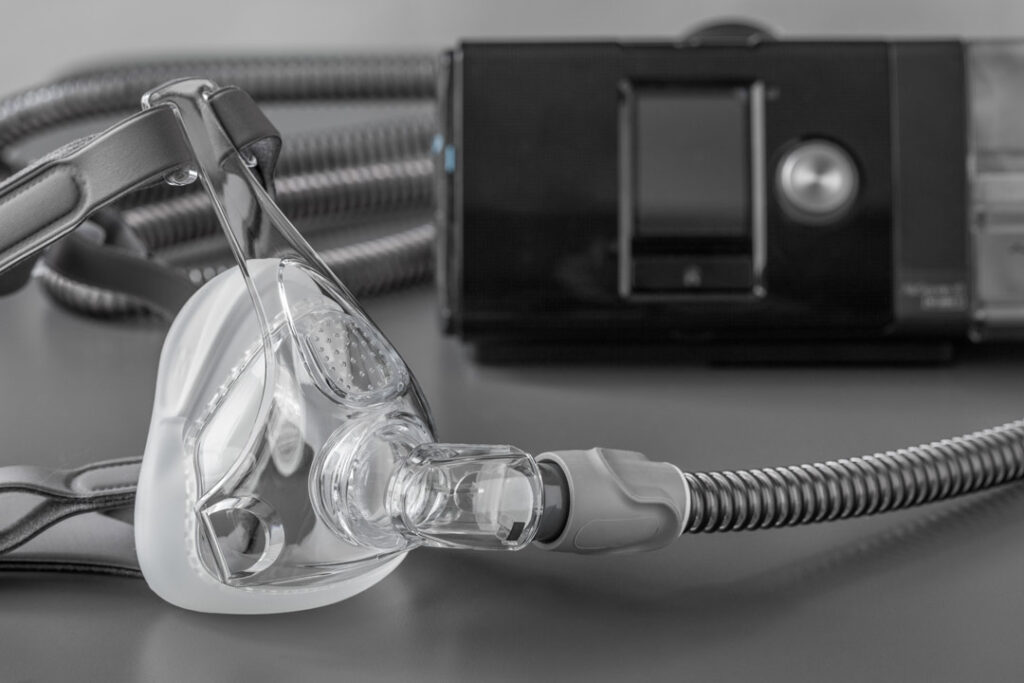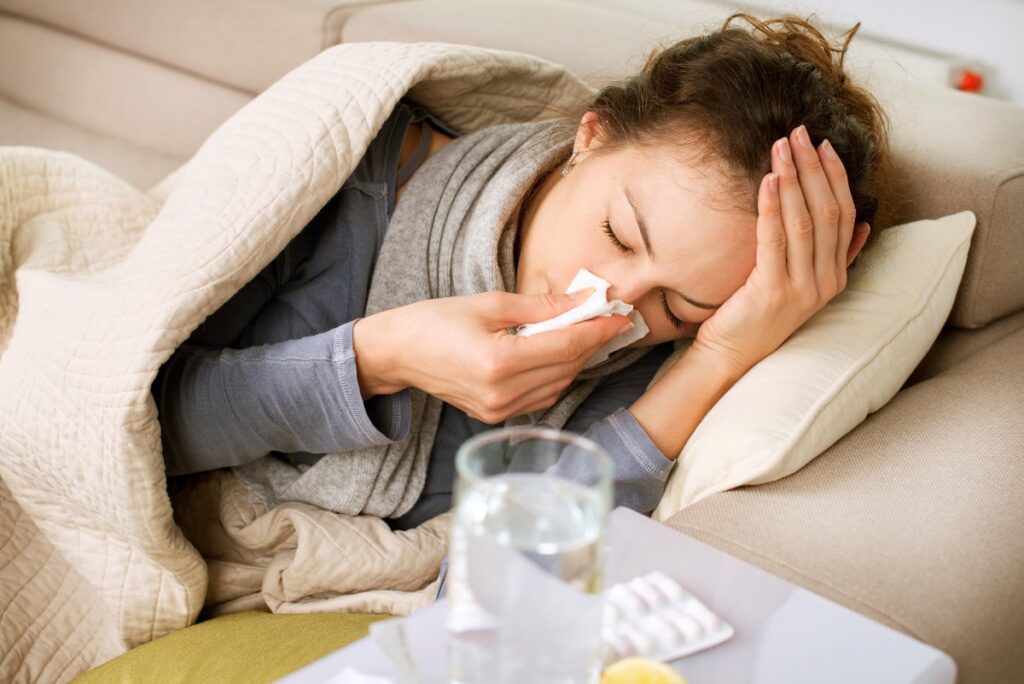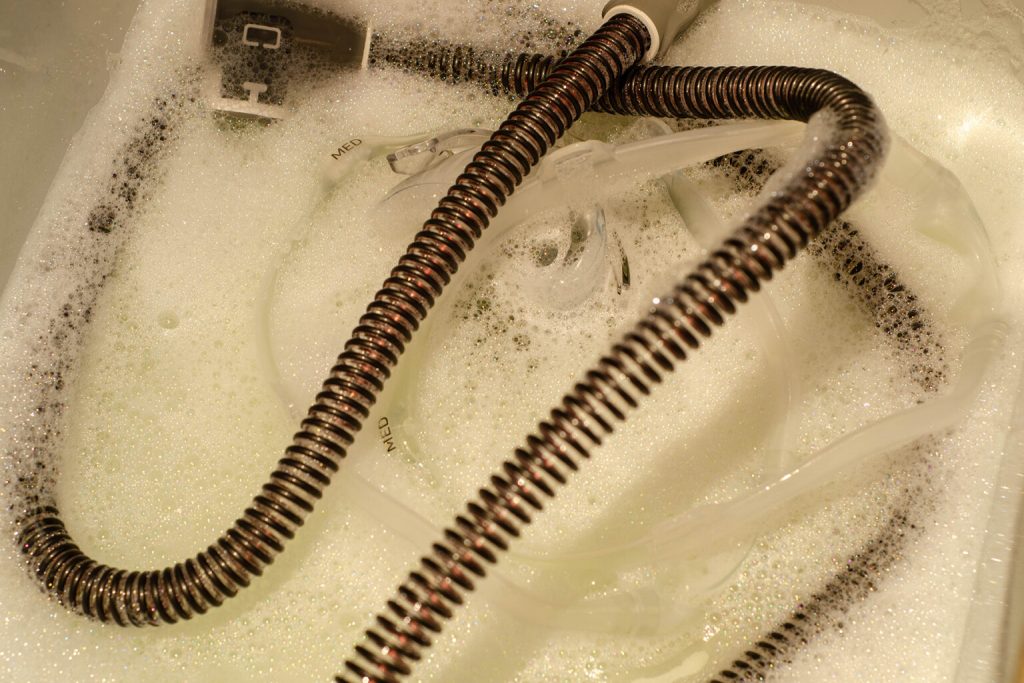Last Updated on August 24, 2021
You might at times wonder- it appears like your CPAP equipment and its supplies are just fine. You might feel: Why do I need to replace them? This can seem like wasteful expenditure, but stop for a moment and think: What value will you get when you buy new equipment to replace what you’ve used for some time?
Well, there are lots of benefits.
First, getting new equipment means your device will be kept clean. It means it will function at its best. But how many times do you need to replace the CPAP supplies? Your insurance company may determine this matter.
You can follow some general guidelines to make the best decision. Also, your durable medical equipment provider may advise on the best and most convenient schedule for replacing the supplies.
Regardless, the experts recommend that the parts should be replaced as often as your insurance company is ready to pay for the replacements. Also, while trying to be a better-informed patient, it’s essential to understand such equipment’s expected lifespan. It’s also important to know how often you should swap it out.
Parts That Need Replacing
Those using the bilevel or continuous positive airway pressure (CPAP) to treat sleep apnea might need to consider replacing the following accessories or parts:
- The mask
- Tubing( standard or heated)
- Headgear
- Chinstrap
- Filters (disposable or reusable)
- CPAP device
- Humidifier water chamber
Ideally, you should replace your CPAP mask once, every three months. The harder plastic portion of the interface comprises the mask. You’ll also need to replace the softer cushion insert or pillows (made of plastic).
This is important because these parts usually touch your skin often.
When to Replace the CPAP Mask and its Equipment
As earlier noted, it might seem wasteful to replace the mask or other related equipment when your mask appears to be in perfect shape. Regardless, using new equipment comes with some practical benefits. Consider the following timeframe as a guide on the right time to replace each of the parts:
- Replace the mask once every 3 months.
- CPAP mask cushion: Make sure you replace your nasal pillows or cushions once or twice a month. Keep in mind that your skin’s dirt and oils can soften the cushion.
In this state, it’ll not be able to hold a tight seal with your face anymore. This will also affect your hygiene. In the end, air leaks will be created that could affect the effectiveness of your CPAP therapy.
- CPAP mask, chinstraps, and headgear: You need to replace these every six months.
- CPAP tube: You should replace your CPAP tube once every three months, just like you do with your mask. Keep in mind that- with frequent use- a CPAP tube can develop cracks and tears, causing air leaks. If air is frequently escaping from your mask, you’ll not be getting what may be called proper treatment. The tube can also harbor bacteria if there’s condensation on the inside.
- CPAP humidifier water chamber: You need to replace this once every six months.
How You Will You Know it’s Time to Replace the CPAP Mask and its Equipment?
Here are the tell-tale signs:
Check: Is the seal deterioration causing leaks in the mask? If so, the time has come to replace it. Remember: As time goes by, the facial oils usually hamper the cushion’s sealing effect. This will happen even if you maintain good hygiene. Hence, whenever you feel some leaks, do not be tempted to tighten the headgear. This can lead to additional leaks, causing pressure points and discomfort.
Have you noticed your mask isn’t fitting correctly anymore? This is a sign the time has come to replace it. Remember this- an ill-fitting mask might require that you continually over-tighten the headgear. You’ll also need to readjust your mask constantly. In turn, this reduces how long it will work.
The remedy? Call your provider to refit the mask.
You should clean your mask and other equipment in the right way. Unless you do this, it can lead to damage. You merely need to use mild, soapy water to do the job. Never use perfume-containing soaps or moisturizers.
If you notice your mask is showing signs of aging or damage or that the components and cushions are torn or cracked, it might be time to replace your device. Another tell-tale sign is when the cushions are losing their shape and causing leakage.
It’s advisable to clean your mask and other equipment frequently in the midst of the replacements. This will limit the pathogen exposure and guarantee proper CPAP compliance.
Extend Your Mask Life With Proper Cleaning
It’s pretty important to clean your CPAP mask. Why- the air you breathe circulates right through the machine into the mask. Although the air is humidified and filtered, you still need to keep the mask ever clean. Unless this is done- and done thoroughly- you’ll be at risk of potential dangers, including:
- Allergy symptoms
- Mold exposure
- A foul or musty odor
- Bacteria exposure
- Voiding the device warranty
- Risk of pneumonia or sinus infections
- Mineralization within the equipment
- Premature equipment breakdown
Note that excessive exposure to water and soap when cleaning will- likely- destroy the mask material. So it’s advisable to use a suitable CPAP cleaning device – the type that helps to keep your mask ever clean.
Final Thoughts
Think of it: If you fail to replace your toothbrush every three to four months, what happens? The bristles will wear down and fall out. The brush will be less effective in cleaning your teeth. The same applies to CPAP masks and supplies.
If you fail to clean it, the mask cushions will collect bacteria, dirt, and oil from your face. These are then deposited back to your face, causing irritation (while you sleep). It also creates odors and affects the mask sealing. Other problems may include a runny nose, sneezing, and watery eyes.



